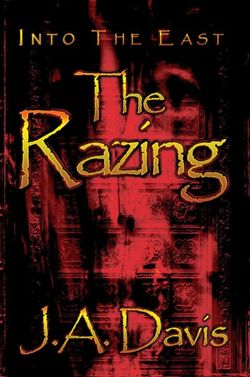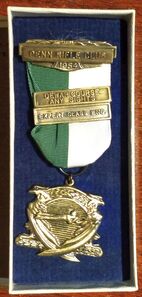
Armistice Day Tourney Set for November 13th
The 33rd annual Indy Squadron Armistice Day Fits Tournament is set for 12 noon at 110 Market St, Union City. We expect a slightly smaller crowd, so it may be your best bet to win a championship in recent years. If possible, please bring $10 per person to cover the food and snacks that will be served throughout the day.
Due to the discovery of the Becker medals, this year's Victory Medal will break from tradition and sport a gold and white ribbon. The medal dates to the 1950s and was originally won by Mr. Charles Becker in western Ohio. The squadron approved the temporary alteration due to the rarity and uniqueness of the Becker medals. The first of four Becker medals were awarded to the 2020 squadron champion.
The Armistice Day Fits Tournament is Indy's most important event and the highest scoring eligible player will be named the squadron champion for 2021.

Provided at ISD request by Rick Lacy
I was able to attend the Spring Mini Con (moved to Oct due to continuing Covid pandemic
responses), so I wanted to give a brief overview. We started gaming Wednesday evening, with approximately 6 players. This was my worst day as I was chasing a target with my double ace in an Albatros D-Va and opted to overdive 50 feet for a shot, which promptly ripped off my wings. Yay me.
Scoring began Thursday morning. Attendance was still less than 10, so gaming stayed at one table mostly. We would normally have used RJ’s scoring system but George couldn’t initiate it so we scored manually. For those who haven’t been before, you use standard Society scoring and average your scores, highest average wins the Con. I was able to turn in consistent positive scores and my average was respectable for the most part. Wyatt Kapustanczek had some phenomenal scores but got shot down some too, so it was possible for someone to catch him. Blake Taylor had the best average the first day but took a bad series of games that dropped him out of contention.
We did not play the Kerry Nash/Al Christensen Memorial game, and we didn’t play the normal Saturday morning event. We did run the Society Open on Sunday. Special rules were - no gun jams to check, but each plane was limited to 4 long, 4 interrupted, and 4 short bursts, all planes were one deck gun platforms with (mostly) similar performance.
The German side particularly disputes this point, they said the SPAD VII's outclassed the Hun machines in excess of fair sportsmanship. I am unsure if I agree, but being in a SPAD myself I probably have a biased view. My showing however was lackluster as I got put under cards by Mike Carr and spent three turns pulling him out of position while chasing me. For more details on this event keep your eye open for the next Aerodrome.
Overall, I had only a couple of missions with negative points and a couple with high points, so my average was high enough to place 2nd overall behind killing machine Wyatt. Dude lost some pilots himself but was almost always in a position to take advantage of wounded opponents, and so he racked up quite the kill tally. I feel pretty lucky to have kept that close to him as my kill percentage was anemic compared to his.
Hopefully the Covid madness will abate by next spring, we can have a mini con next spring, and we get more players there. I plan on going again anyway.
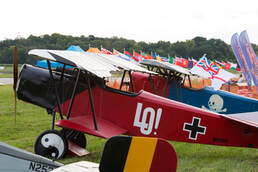
After being canceled due to the Covid scam in 2021, the Dawn Patrol Rendezvous air show and World War I memorial event will return to the Museum of the United States Air Force in Dayton, Ohio on October 7-8, 2022. The traditional Saturday-Sunday format has been moved to a Friday-Saturday schedule to help boost attendance. Stephen Skinner of the Indy Squadron will once again serve as host and public address announcer.
Museum staffers describe the Rendezvous as a two-day flying event of authentic and replica World War I aircraft, offered every other year by the museum and the Great War Aeroplanes Association. The event includes WWI living history re-enactors in a war encampment area, radio-controlled model aircraft, period vehicles, music and a collector’s show of WWI era items. The event will include guest speakers on WWI topics as well as many family hands-on and educational activities.
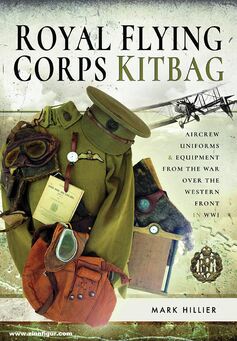
Have you ever wondered exactly what gear was issued to pilots of the Royal Flying Corps? Apparently we're not alone. Matt Hillier's book, recently released by our friends at Frontline Books, examines this topic in wonderfully entertaining detail.
I had intended to read the book cover to cover but as I sat in my study and perused it, I found myself paging from one section to another. The book is certainly readable in the traditional manner but the individual topics and photographs were so tempting that I began reading about the watches and altimeters issued to RFC pilots first... then the gloves they were given... then the goggles and pistols and soon I was lost within the book's incredible wealth of information.
The color (yes, color!) photos are a treat for those of us who have studied World War I for so long that we envision the whole war in black and white. Each item - be it binoculars, leather helmet or tunic - is richly photographed in full color and displayed in sufficient size for the reader to appreciate.
ISD stays up to date on current World War I literature and to my knowledge, this is the only work of this depth on the topic. If you want to know precisely what gear and clothing was issued to Royal Flying Corps pilots throughout the war, this book is an excellent source and a delightful read.
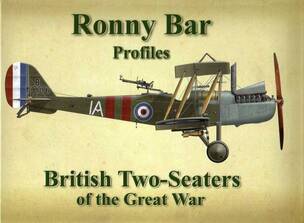
Former rock-n-roll bassist Ronny Bar has retired from the music scene and now pursues his passion of Great War aeroplanes in his new title from Tempest Books.
When this volume arrived for review, I expected a short dissertation on each aircraft along with a few selected profiles. That's not what I got. Other than an introduction and acknowledgements, the book is entirely devoid of any text and simply treats the reader to a splendid array of full page, full color aircraft profiles for scores of airplanes that are usually neglected in World War I research.
This book is more than just a modeler's dream, however, For World War I gamers at the Indy Squadron and nationwide through the Fight in the Skies Society, this book is the perfect illustration of the angle of fire available to crewmen aboard two-seat aircraft. Firing angles for both front and rear machine guns are clearly illustrated and will be particularly helpful to new players trying to understand the nuances of two-seater fields of fire.
From the anemic BE 2c to the deadly Bristol F2b, most of the widely produced combat two-seaters flown by the Royal Flying Corps are represented in Bar's excellent artwork. I anticipated this being a table top book for occasional glimpses, but once I picked it up I actually read through it cover to cover in one sitting. Highly recommended, especially for Dawn Patrol gamers.

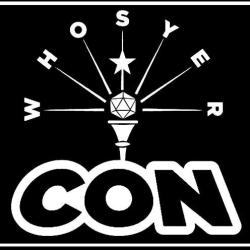
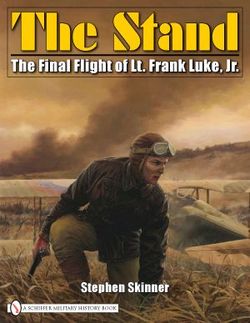

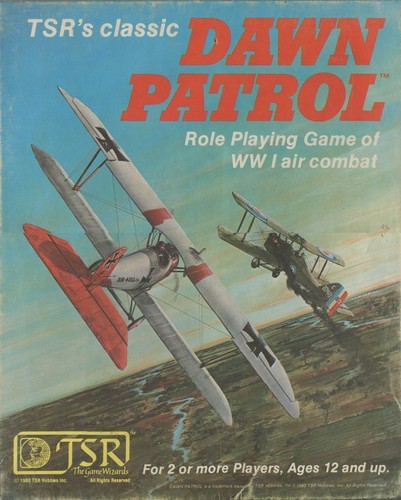
 RSS Feed
RSS Feed

